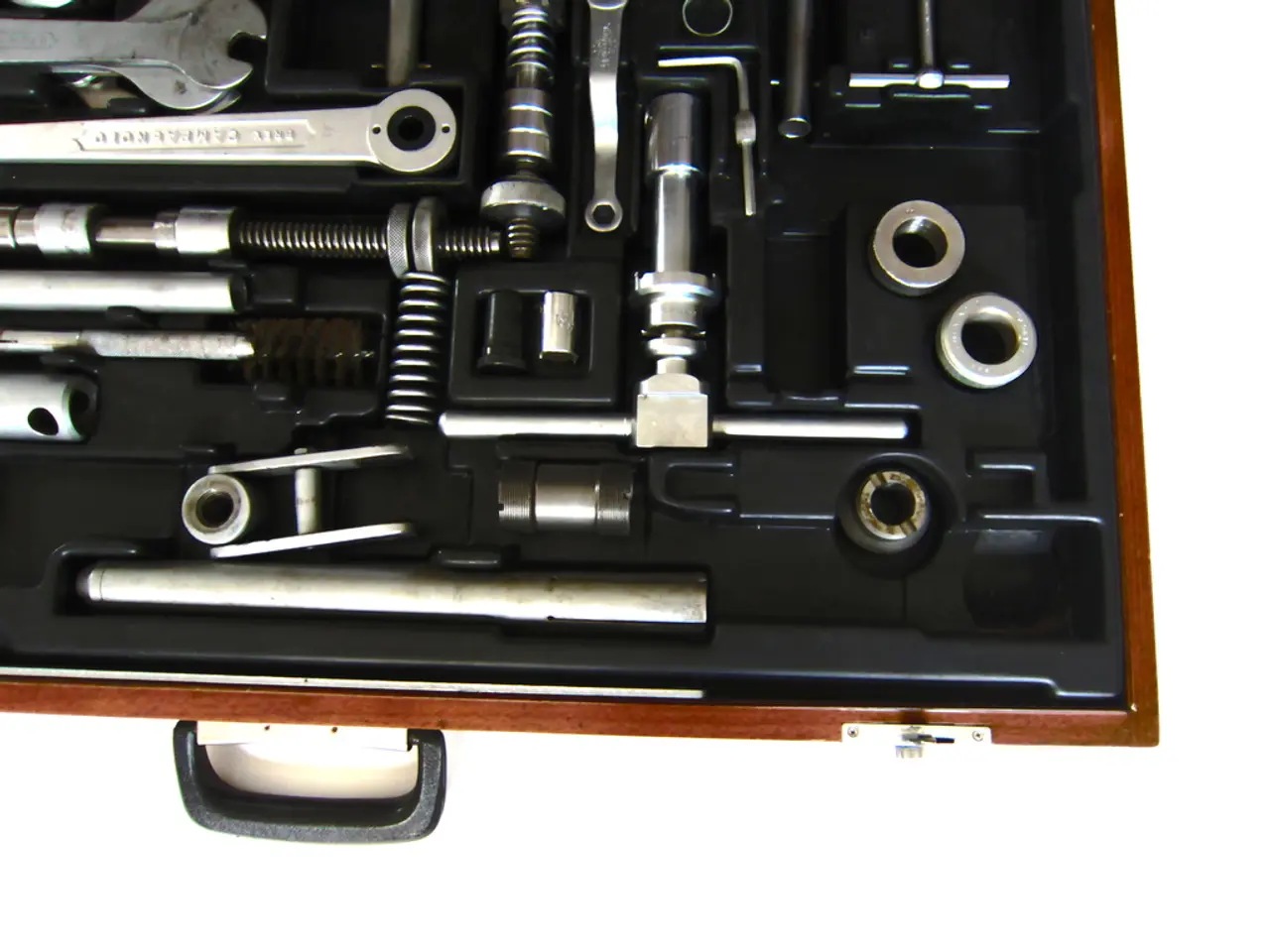Augmented Reality Explained: Its Functioning and Principles
Augmented Reality (AR), a technology that overlays digital information onto the physical world, is making waves across various industries. From enhancing user experiences to revolutionizing education and retail, AR is proving to be a versatile tool. This article will focus on how AR is transforming the manufacturing sector.
At its core, AR relies on key technologies such as computer vision, image recognition, and tracking. These technologies enable immersive and interactive experiences, allowing users to explore virtual environments and interact with digital content in new ways.
In the manufacturing industry, AR is being used to improve efficiency, safety, product quality, and reduce costs across multiple stages of the product lifecycle. One of the key applications is in training and skill development. AR provides immersive, controlled environments for training manufacturing workers, helping them operate complex machinery, manage high-risk environments, and respond to emergencies without real-world risks.
AR also delivers real-time, step-by-step instructions overlaid on equipment during assembly, maintenance, and repair tasks, minimizing human errors and accelerating workflows. For instance, Airbus operators use AR glasses for complex tasks involving heavy parts, improving accuracy and safety.
In maintenance and repair, technicians leverage AR to visualize hidden components, diagnostic data, and procedural steps, which streamlines troubleshooting and repair processes. This reduces downtime and labor costs.
AR also plays a significant role in design and manufacturing optimization. Using digital models integrated into AR tools, manufacturers design more efficient factory layouts and work processes, and improve ergonomic conditions.
Moreover, AR allows remote experts to guide onsite workers in real time, reducing the need for technical visits and enabling faster issue resolution. This supports distributed manufacturing teams and supply chains.
Modern AR platforms gather operational data such as maintenance logs, error patterns, and training outcomes. Analyzing this data helps manufacturers refine processes and improve productivity continuously. By increasing accuracy and reducing errors, AR reduces waste and rework. Companies also use AR to enable virtual design and inspections, minimizing physical prototyping and human-to-human interaction on the production floor, which can cut costs.
In summary, AR technology in manufacturing enhances worker training, aids complex tasks, enables precise assembly, facilitates remote collaboration, and collects valuable operational data, collectively driving higher efficiency, safety, and cost savings across the manufacturing value chain.
AR technology is not limited to manufacturing. It can revolutionize various industries, including healthcare, education, and entertainment, with the integration of Extended Reality (XR). To experience AR, users typically need a mobile device or a headset that is capable of running AR applications.
AR technology uses a combination of hardware and software components including a display, camera, sensors, processor, and GPS. Examples of AR hardware and devices include smartphones and tablets, specialized AR wearables like head-mounted displays (HMDs), eyeglasses, and HUDs, and AR glasses and headsets.
AR software and content creation tools have made it possible for developers to create interactive experiences that blend the physical and digital worlds. IKEA Place, for instance, is an AR app that allows users to virtually place furniture in their homes before purchasing it.
AR is being used in various fields such as gaming, marketing, education, and manufacturing. Pokemon Go, a global phenomenon in 2016, is an AR game that uses location-based technology to allow players to catch virtual creatures in the real world. Snapchat's AR filters also allow users to add virtual objects and animations to their photos and videos in real-time.
The future of AR is dependent on advancements in both hardware and software. The development of lightweight and portable AR devices and the integration of Artificial Intelligence (AI) and Machine Learning (ML) in AR software are key areas of focus.
References: 1. Lockheed Martin's Sikorsky uses AR/VR to ensure parts are assembled with precise torque tolerances 2. How AR is Transforming Manufacturing 3. The Role of AR in Manufacturing 4. Airbus Operators Use AR Glasses for Complex Tasks
AR's impact in the manufacturing industry extends beyond training, as it also provides real-time guidance during assembly, maintenance, and repair tasks, minimizing errors and speeding up workflows, as demonstrated by Airbus operators using AR glasses for complex tasks. Additionally, AR software allows developers to create immersive experiences that blend physical and digital worlds, such as IKEA Place, which lets users preview furniture in their homes before purchase.




